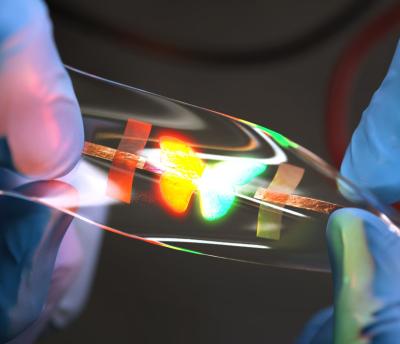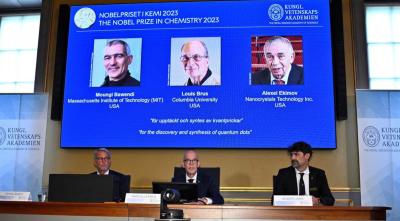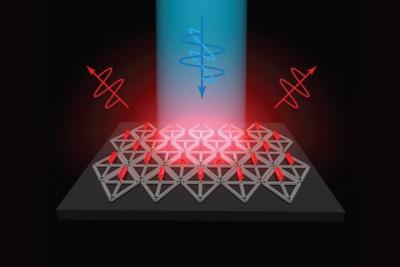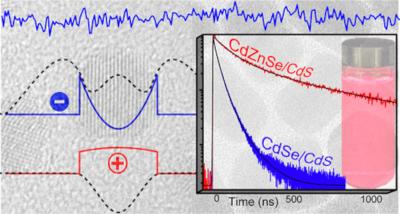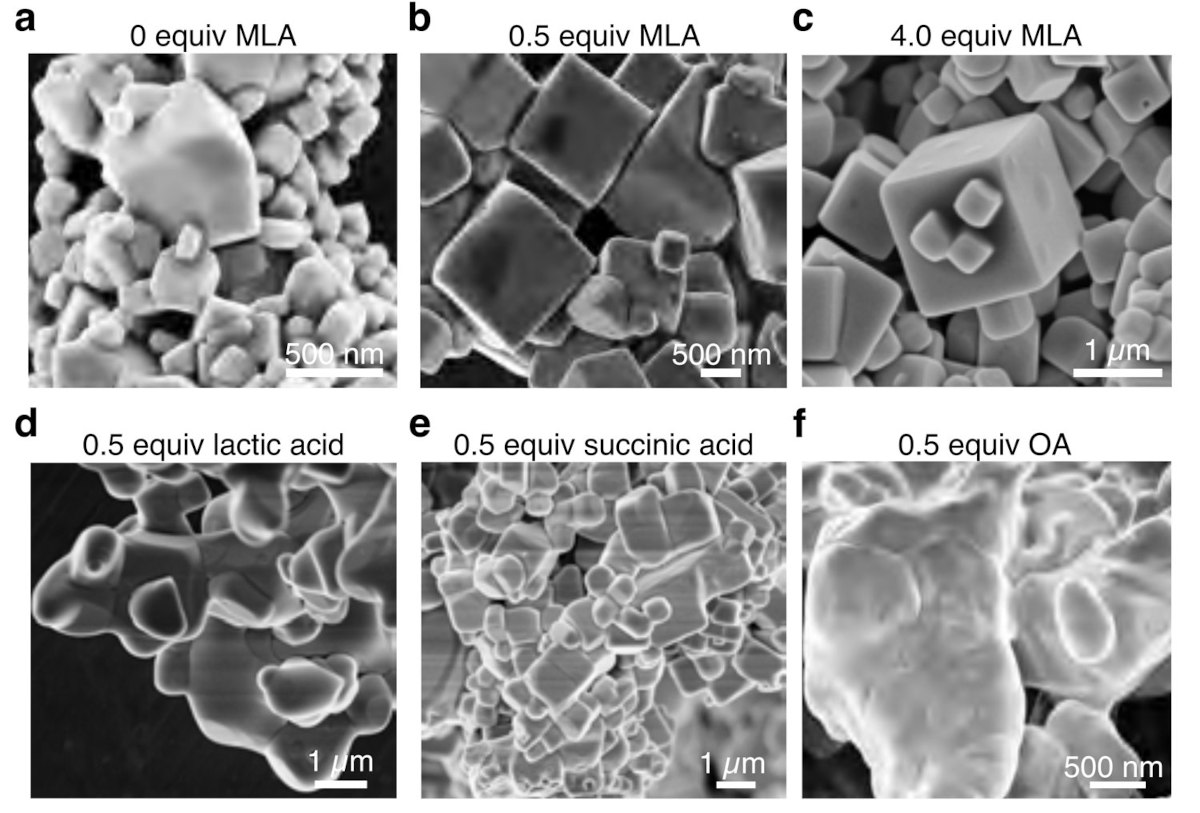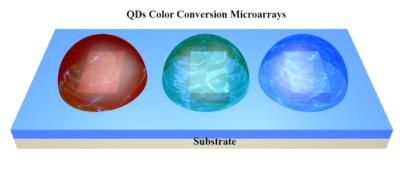Researchers from the IBS in Korea developed intrinsically stretchable quantum dot LED displays
Researchers from Korea's Institute for Basic Science, led by Professor KIM Dae-Hyeong, published a new article in Nature that details intrinsically stretchable quantum dot LEDs.
The researchers say that using current technology, making stretchable light-emitting devices results in poor luminous performance. The researchers now produced the intrinsically stretchable QD-LEDs using a mechanically soft and stretchable emissive layer consisting of a ternary nanocomposite of colloidal quantum dots, an elastomeric polymer and a charge transport polymer.
